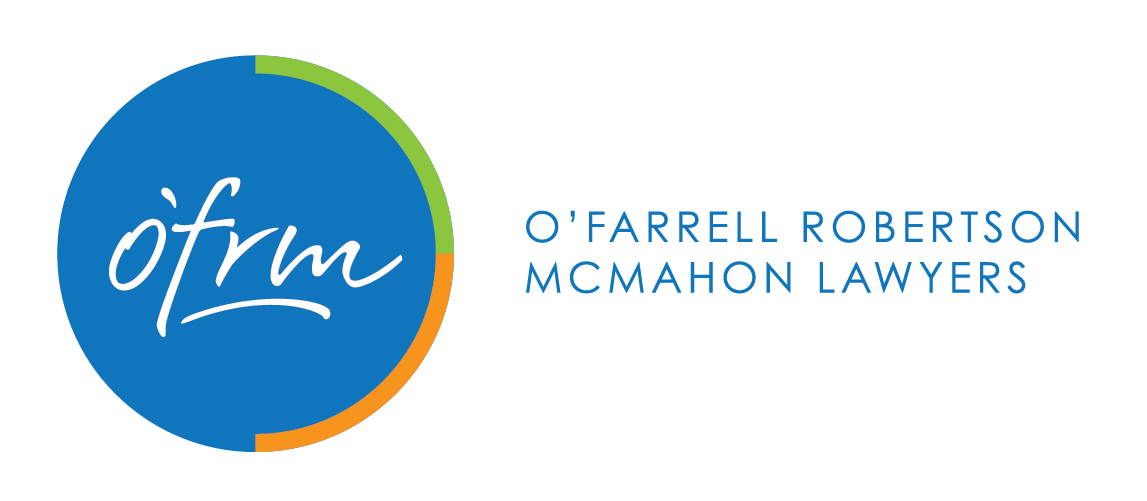When can I change my name back to my maiden name?
Often, the issue of when you can change your name back to your “maiden name” is a concern for people along the path of family law matters.
Most times I manage to bite my tongue and not reply, “you should never have changed it in the first place”.
Changing your name back is relatively easy, mainly because when you originally changed it was simply a change of name by convention rather than law (in contrast to that time that Geelong footballer Garry Hocking changed his name “by deed poll” to Whiskas). Now, you don’t have to change your name at the registry; instead it is the reverse of what happened when you initially changed your name. You changed to your married name by simply showing your original identification documents and your marriage certificate. To change back to your previous family name you need your birth certificate and your marriage certificate, effectively showing the chain of names you have used.
There is no central way for this name change to happen, rather you need to approach each organisation — banks, Vicroads, etc., with the relevant identification. These days with our digital footprint everywhere, there can be quite a few places to make the change.
You don’t need to be divorced to change your name nor does your settlement have to be finalised. Sometimes though it is easier to wait until those formalities have occurred.
However, if you legally changed your name overseas or were married overseas you may need to make the changes through the registry of births, deaths and marriages.
Changing your children’s names is more complex and something that can only occur with the agreement in writing of both parents or a court order. So, be prepared that by changing your name you are going to have to explain on many phone calls the difference in names between you and your children — but you do get used to it!
